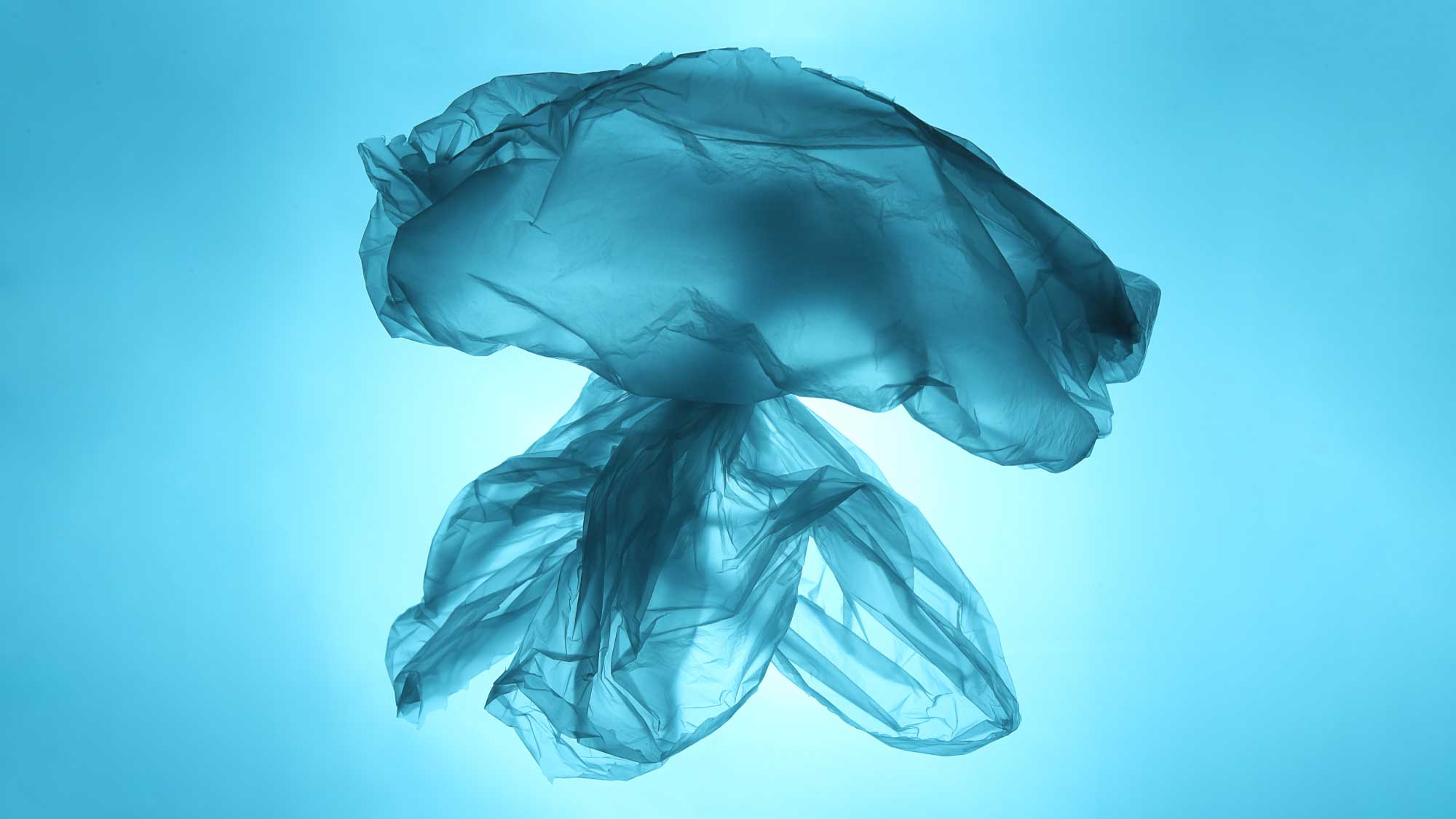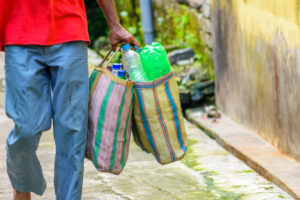
On the 8th of June, the global community comes together to celebrate World Oceans Day. It is a day that calls for the protection and restoration of our shared ocean and aims to rally the world for climate action.
Around 8 million tons of plastic end up in our oceans every year. But to protect marine life, cleaning up the litter is not enough – we need to find innovative solutions so that waste does not enter the oceans in the first place.
The Clean Oceans Initiative, funded by the European Investment Bank (EIB) – together with development banks in Germany, France, Spain and Italy, is aiming to generate more than €2 billion of infrastructure-based investments on land to reduce the amount waste entering the oceans. As part of this, Tetra Tech is implementing the Clean Ocean Project Identification and Preparation (COPIP) programme across sub-Saharan Africa, preparing bankable projects that have the potential to create circular economies in Sub-Saharan Africa and beyond.
In this blog, Charles Reeve, the COPIP Project Director and Team Leader in the UK, and Joanes Odero, Environment and Solid Waste Expert in Kenya, explain the challenges of tackling plastic pollution in Africa, and shed a light on solutions that could reduce waste in coastal cities.
What does the waste problem look like in Sub-Saharan Africa?
Charles: To understand the problem, we need to understand that ocean pollution is an issue that starts on land. In Africa, most of the waste comes from large cities in coastal areas or major river basins. The greatest problem is around the Gulf of Guinea in West Africa, extending from Angola up towards Gambia and Senegal. A lot of waste also comes through the Congo River and goes out into the Atlantic Ocean.

When we think of marine litter, what often comes to mind are the images of washed-up plastic debris on our shores. So naturally, we are thinking of ways to clean up and remove all that plastic. But from a technical perspective, cleaning up the oceans is difficult to do. That means we need to stop polluting, and try to effectively recycle and reuse as much of the waste as we can by establishing circular economies in African cities.
Joanes: And that’s the whole approach we are taking as Tetra Tech and with our client. But at the moment, around 70 per cent of the waste in Africa ends up in open dump sites, or – where waste is not collected at all – in unmanaged landfills. Only 10 per cent is being recycled. The other challenge we find here is that many stormwater management and wastewater treatment plants are not working because the population has outgrown the capacity of those plants.
What has your team on the Clean Oceans initiative achieved so far?
Charles: The purpose of our work is to identify and prepare projects that can tackle this issue. There are a number of components that determine a project’s feasibility – how successful it is, of course, but also how sustainable and replicable it is. So we have prepared 20 concept notes for projects all across the continent, from Djibouti in the North, to Kenya, Tanzania, Mozambique in the East, and Ghana, Cameroon, Togo and Benin in the West, to name but a few.
We are now in the second phase of the programme where we are doing prefeasibility studies on 10 of these projects and where we are going into a lot more detail about what they would look like.
Joanes: One of the prefeasibility studies we just completed, for example, is the Towards Zero Waste Model Town in Tanga, Tanzania. It is an ambitious proposal to establish circular economy solutions to waste management in Tanga. If successfully implemented, around 95 per cent of the city’s waste would be recovered, making Tanga not just a near-zero waste city but also a model for other cities to replicate across Africa and globally.
What role do communities play in this?
 Joanes: A vital one! Community engagement is one of our biggest challenges because many people believe that waste is a problem for the government to take care of. So we are promoting this as a sector that could provide employment and bring financial returns.
Joanes: A vital one! Community engagement is one of our biggest challenges because many people believe that waste is a problem for the government to take care of. So we are promoting this as a sector that could provide employment and bring financial returns.
In one of the pilot projects we are running in addition to the studies, we have developed an app that gives people in the coastal region of Kenya an opportunity to recover various recyclable materials and trade them in for a bit of money. Working with the Kenya Marine and Fisheries Research Institute (KMFRI), the TakaConnectApp connects users with waste collectors, buyers and recyclers across six counties in the coastal region of Kenya.
It has an interactive map that shows the GPS locations and contact details of buyers, recyclers and collectors so all they need to do is find the right buyer for their type of waste, and then negotiate the price and collection process.
Clean Oceans is running until the end of 2024. What lies ahead for you and the team?
Charles: We made a lot of positive progress with identifying projects over the last year. Once our 10 prefeasibility studies are completed, we will narrow them down again. We’ll select the 5 most promising projects and get them ready for investment through full feasibility studies, preparing a preliminary design for interventions. At that point, around the end of next year, the investment officers at the EIB in Luxembourg will take over to finance these projects.
Joanes: It’s an exciting time for us on Clean Oceans. Despite some COVID-related delays in the beginning, we managed to identify a great variety of potential projects, and were able to engage stakeholders and communities and bring everyone onboard. The team have gained lots of valuable insights about the dynamics of waste management in Africa through this experience.
And even though not all projects will make it to the final EIB financing list, they were, in many ways, just as good as the others. The ideas and solutions for tackling plastic pollution are there – someone just needs to pick them up and bring them to life.